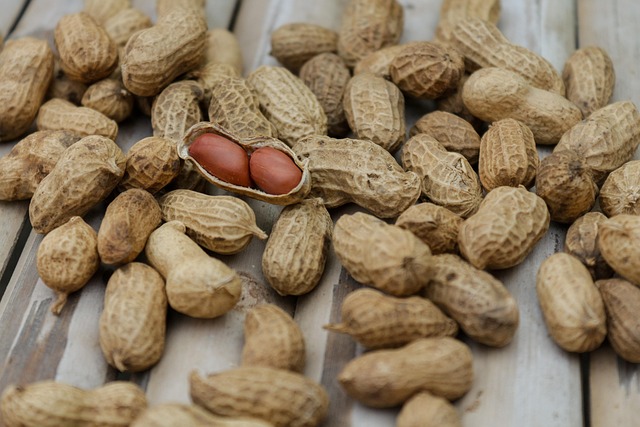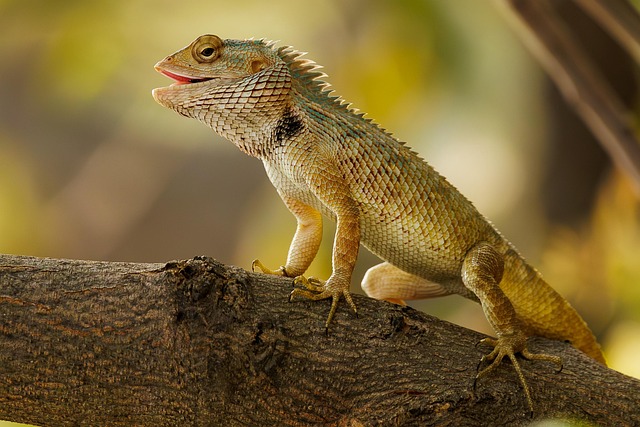
Eating in the Wild: The Natural Diet of Reptiles
When we think of the natural world, we often envision vast landscapes filled with flora and fauna, each playing a vital role in the ecosystem. Among these unique inhabitants are reptiles, creatures that have thrived for millions of years in diverse habitats. Their diet reflects their adaptability and resourcefulness, showcasing the remarkable relationship they maintain with their environment.
The diet of reptiles varies widely among species and is primarily influenced by their ecological niche. From the leafy canopies of tropical rainforests to the arid deserts, reptiles have evolved specialized feeding habits that enable them to survive and flourish in their respective habitats. For instance, the green iguana predominantly consumes a herbivorous diet consisting of various leaves and fruits, while other reptiles like the Komodo dragon are formidable carnivores, preying on mammals and birds.
Understanding a reptile’s diet is crucial not only for their survival but also for maintaining the balance within their ecosystem. These animals are often seen as both predator and prey, contributing to the food web that connects all living beings. The diet of a reptile can directly affect the plant life of their habitat as well; for example, herbivorous reptiles help in seed dispersion, promoting the growth of diverse plant species that in turn support other forms of wildlife.
Nature offers an exquisite variety of diets. Some reptiles hunt with precision, while others lay in wait, camouflaged amongst their surroundings, embodying the quintessential predator. The swift strikes of a chameleon catching insects showcase the dynamic interaction between reptiles and their food sources. Meanwhile, the subtle, patient approach of a tortoise grazing on tough vegetation illustrates another side of reptilian life—a reminder that survival sometimes requires slow and calculated efforts.
Moreover, many reptiles exhibit fascinating behaviors when it comes to feeding. The way they capture their prey or forage for food can be both awe-inspiring and educational. For instance, the unique adaptations of a rattlesnake’s heat-sensing pits allow it to hunt warm-blooded animals even in complete darkness, demonstrating the incredible ways animals have honed their diets to thrive in the wild.
As we explore the diets of reptiles, we are reminded of the interconnectedness of life. Each dietary preference, whether it be herbivorous, carnivorous, or omnivorous, plays a specific role in the grand tapestry of nature. By observing these ancient creatures in their natural habitats, we gain insights into the delicate balance that sustains ecosystems and the importance of protecting these magnificent animals and their environments.
Ultimately, learning about the natural diets of reptiles is not just about understanding what they eat; it’s about appreciating the wonders of nature and the intricate relationships that exist within it. Each reptile tells a story of adaptation, survival, and the ongoing dance of life that continues to captivate our imaginations.



